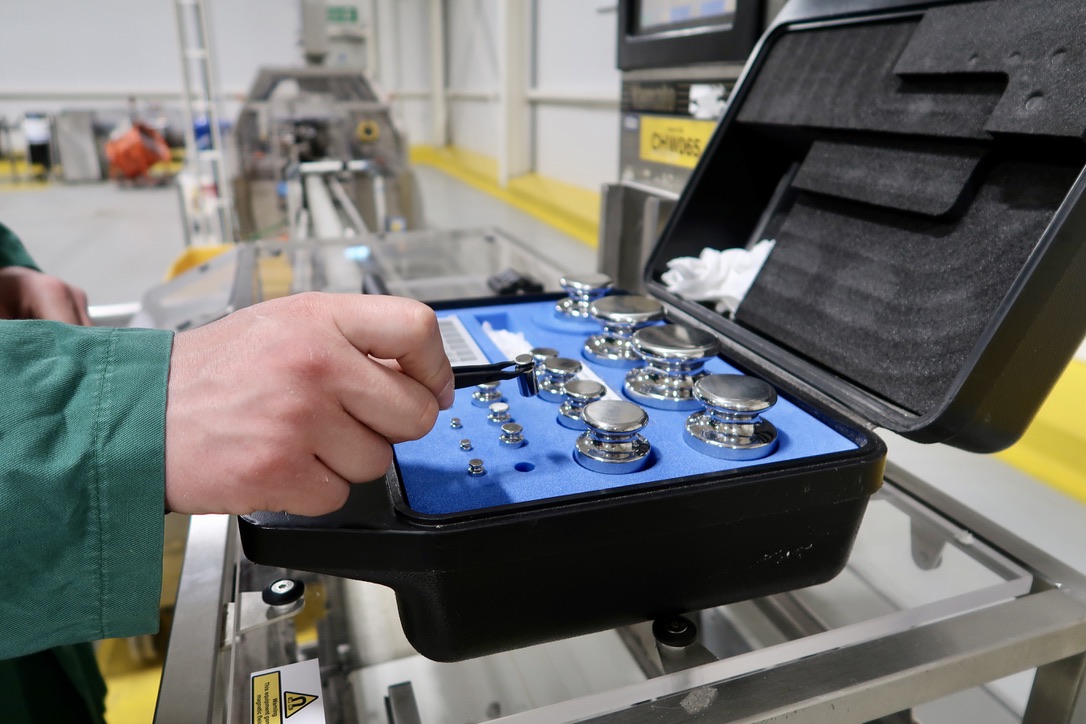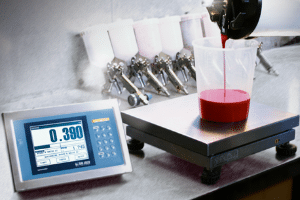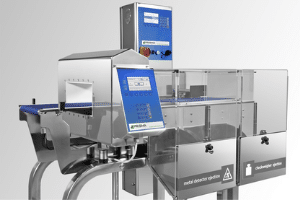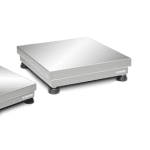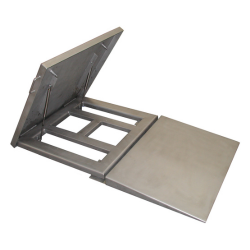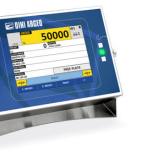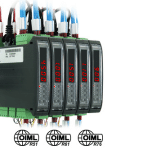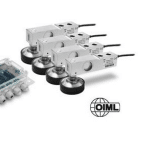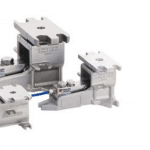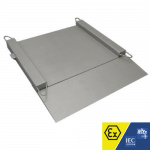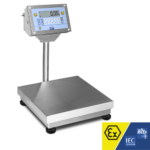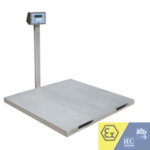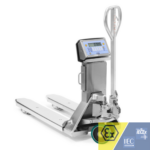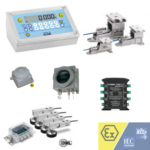A Guide to Common Weighing Terminology
Weighing equipment plays a pivotal role in numerous industries, ensuring accuracy and precision in the measurement of goods and materials. As you delve into the world of weighing, it’s essential to familiarise yourself with the terminology that underpins this critical process. Whether you’re a seasoned professional or just beginning to explore the intricacies of weighing technology, this guide aims to demystify common weighing terminology.
Load Cell: A load cell is a transducer that converts force or load into an electrical signal. It is a fundamental component of weighing systems and comes in various types, including strain gauge, hydraulic, and pneumatic.
Tare Weight: Tare weight is the weight of an empty container or vessel. It is subtracted from the gross weight to obtain the net weight of the material being measured.
Accuracy: Accuracy refers to the closeness of a measured value to its true value. It is a crucial aspect of weighing equipment, ensuring reliable and consistent results.
Calibration: Calibration is the process of adjusting a weighing instrument to ensure its accuracy by comparing it to a known standard. Regular calibration is essential for maintaining precision.
Overload Protection: Overload protection is a feature that prevents damage to the weighing equipment by limiting the maximum load it can handle. This is crucial for both equipment longevity and user safety.
Zeroing: Zeroing is the process of setting the display to zero when there is no load on the weighing platform. It ensures accurate measurements by accounting for any residual weight.
Non-Linearity: Non-linearity is a measure of how well a weighing instrument’s response matches a straight line. It indicates the degree of deviation from an ideal linear relationship between load and output.
Sensitivity: Sensitivity is the ratio of the change in output to the change in load. A highly sensitive weighing instrument can detect small changes in weight with precision.
Repeatability: Repeatability is the ability of a weighing instrument to provide consistent results under the same conditions. It is a crucial factor for reliable and reproducible measurements.
Legal-for-Trade: Legal-for-trade scales meet specific requirements and standards set by regulatory authorities. These scales are certified for use in commercial transactions where accurate weight measurements are legally mandated.
Hysteresis: Hysteresis refers to the phenomenon where the output of a weighing instrument varies depending on whether the load is increasing or decreasing. It is the lag in the system’s response and can impact the accuracy of measurements, especially in dynamic weighing applications.
ATEX: ATEX is a European Union directive that sets the standards for equipment and protective systems intended for use in potentially explosive atmospheres. In the context of weighing equipment, ATEX certification ensures that the equipment is safe for use in environments where explosive atmospheres may be present.
In the world of weighing, understanding these terms is vital for ensuring the reliability and accuracy of measurements. At Micro Weighing Solutions (MWS Ltd), we take pride in providing cutting-edge weighing equipment tailored to the unique needs of various industries. Our commitment to quality and innovation continues to make MWS a trusted partner for businesses in the chemical, food, pharmaceutical, logistics, and weighing sectors.
